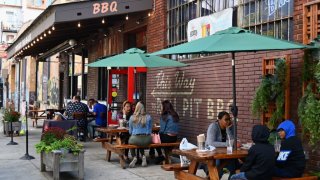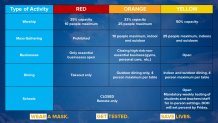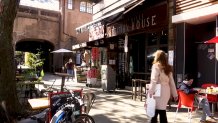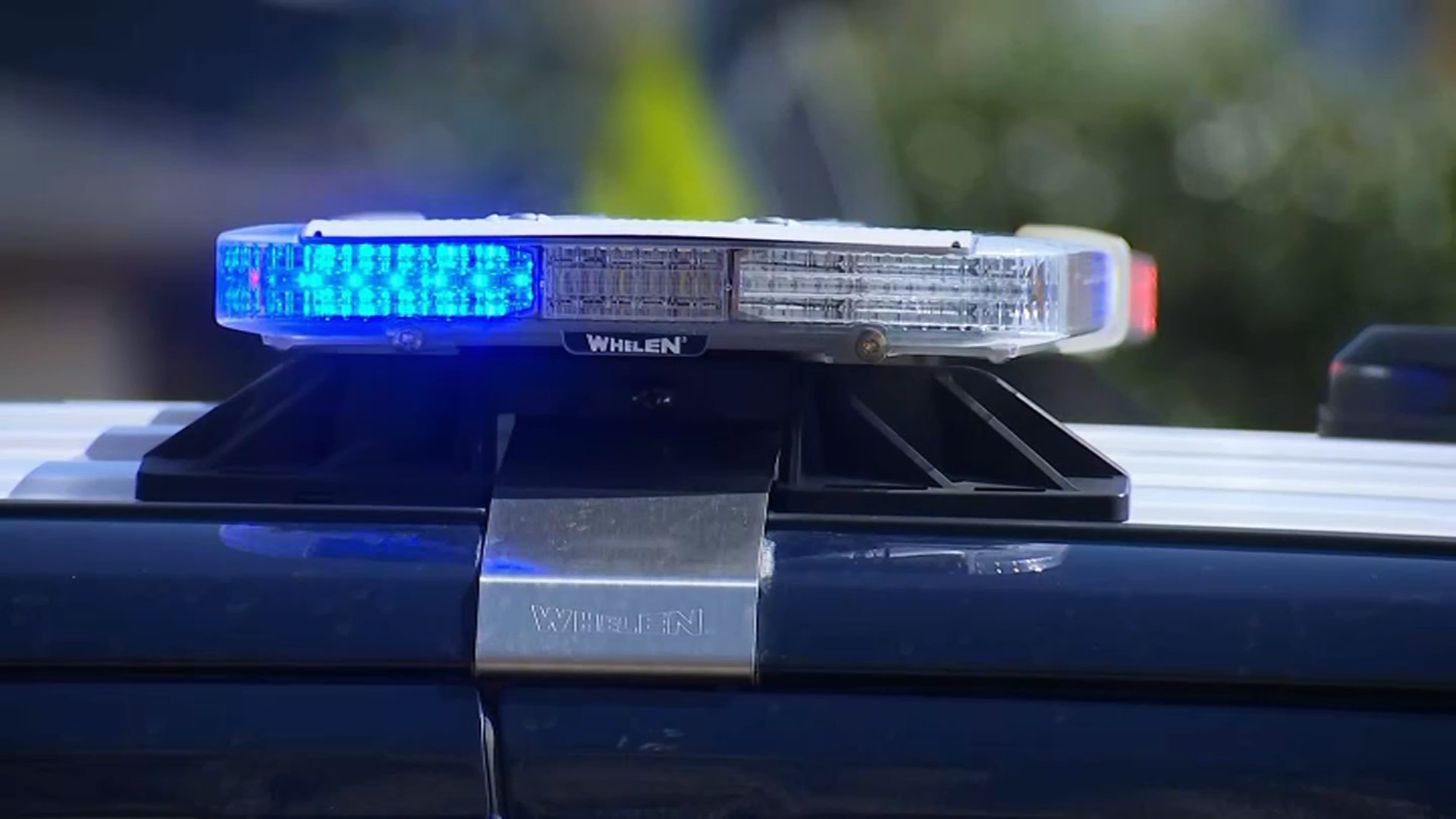
For many restaurateurs, the decision to ignore coronavirus protocols by some residents in Brooklyn and Queens has led to a desperate plea for people in their neighborhoods to listen to government leaders.
“What they’re killing right now is the spirit of business owners. At this point, my heart’s been ripped out, and I really have no more love for this business,” said Salvatore Rao, owner of Mama Rao’s in Borough Park, Brooklyn, in a recent interview with NBC New York.
For Rao, his business already works on small margins, struggling to pay the monthly bills while trying to support a family at home. On top of juggling an outdoor restaurant in changing weather, it’s the fear that the virus is going to continue to spread that is one of his major concerns.
New restrictions came into effect on Wednesday for various zones in New York experiencing a surge in the virus, including sections in Brooklyn and Queens. Based on a color-coded system, the rollbacks range heavily depending on the area.
Highest restrictions are labelled in red zones, having only essential businesses open and limiting restaurants to just takeout. In yellow zones, businesses can remain open, but dining is limited to four people per table.

Get Tri-state area news delivered to your inbox. Sign up for NBC New York's News Headlines newsletter.
Gov. Andrew Cuomo insists these changes are due to science and those scoffing off masks and distancing.
News
"The rules weren't being enforced because the communities didn't want to follow them. I understand that but that's why we are where we are - make no mistake. And this can't be just, we come up with a new rule because if it's just another rule and the rule isn't enforced, then we'll be right where we were," Cuomo said in a press conference on Wednesday.
The lack of compliance from residents is now taking an even greater toll on fellow New Yorkers, particularly those in the hospitality industry. According to last month’s national Yelp report, restaurants continue to be hit the hardest with increasing closures – totaling over 32,000 as of August 1 with 61 percent of those being permanent.
Based on the same report, New York City is second to Los Angeles in total business closures since March.
“The fear - everyone’s afraid to come out. No one wants to eat outdoors because we have inground sidewalks. People are passing by or smoking cigarettes – no masks on,” explained Rao.
In his area, it has reached a point where he believes "dining outdoors is probably more dangerous than dining indoors."

Even for restaurateurs outside of these problematic areas, it’s a push for learning to live with the virus rather than forced shutdowns. Boqueria founder Yann de Rochefort described his thoughts to NBC New York saying that there’s no need to sacrifice economic activity or people’s jobs.
“The presence of the virus is real. The validity is real. There’s a lot of complications, but we need to learn how to live with this rather than completely shutting down. Learning to live with it means the safety measures that work,” said de Rochefort.
When it comes to zoning details within the cluster areas, one owner describes the frustration of delineating which colored-coded zone his business is in.
“I’m on Queens Boulevard, which is the cutoff between orange and red zones. So, I’m actually in the orange zone, but across the street from me is red. It’s very confusing,” shared co-owner of Queens restaurant Tuscan Hills, Marco del Peschio.
He said that he had no idea until Thursday morning what zone his restaurant was in based off the city’s website, which left little time to prepare his staff.
“I’m afraid because it looks like a political battle between de Blasio and Cuomo. One guy says one thing, and I get prepared for the business. And then the next day, Cuomo announced, ‘no, we can’t do this.' It’s confusing,” said del Peschio.
To him, the same feeling stands in his Queens neighborhood as "people are scared to dine outside" during a time of heightened crime.
According to recent NYPD CompStat data, just last week felony assaults increased by nearly 12% in Brooklyn South. Just within Borough Park, felony assaults are up 150%. In Queens North, burglary is up by close to 67%. And within the same time frame, burglary is up 200% in Forest Hills and Rego Park.
“My biggest concern is crime. I really feel that people are going to be at their wit’s end, and I think crime is going to be rampant,” shared Rao, who is scared for what lies ahead if shutdowns and unemployment continue.
He even tells his waitstaff to take off their uniforms before heading home in order to be as inconspicuous as possible.



